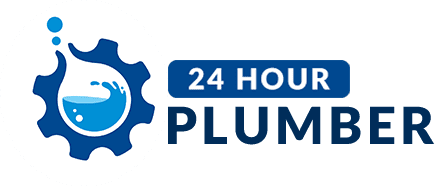Don't Call a Plumber! Discover How to Resolve Frequent Plumbing Issues Yourself

Plumbing systems are an integral component of every home. If they are not maintained properly, they can become the source of numerous problems, leading to inconvenience and expensive repairs.
However, there are many advantages of learning to resolve small plumbing problems yourself, like saving money and developing valuable skills. In this article, we will examine common plumbing issues and DIY techniques to fix them.
Common Plumbing Issues
Dripping Faucets
Dripping faucets aren’t just annoying, but they also consume a substantial volume of water during the course of. The most frequent cause for a dripping faucet is a damaged washer, or an O-ring. To resolve this issue shut off water to your faucet. Then, disassemble the handle, and replace the worn-out O-ring or washer.
Running Toilets
A toilet that is running is another common plumbing issue that can cause water to be wasted. The most typical cause is a faulty flapper valve that’s not sealing properly, allowing water flow from the tank into the bowl. To resolve this issue switch off the water supply to the toilet, open the tank lid, and adjust or replace the flapper valve.
Clogged Drains
Drains that are clogged can be caused by various things such as soap, hair, and food particles. To resolve this issue it is possible to use the plunger or drain snake to eliminate the clog. Alternatively, you can use a mixture of vinegar and baking soda to break up the blockage.
Low Water Pressure
Low pressure water in the pipes is often caused by a number of factors such as mineral buildup within the pipes or a faulty pressure regulator. To resolve this issue, you can try cleaning the aerator or replacing pressure regulator.
Tools Needed for DIY Plumbing
For DIY plumbing, you will require a few tools like an adjustable wrench, a plunger pipe wrench, Teflon tape and the screwdriver. With these tools in your arsenal, it will make it easier to solve minor plumbing problems.
Tips to be Safe when doing your own plumbing
Safety should always be the top priority when performing any plumbing work that you do yourself. A few safety tips to keep in mind include shutting off the water source prior to starting any repairs, wearing gloves and safety glasses and having a first aid kit on hand in the event of emergencies.
DIY Plumbing Techniques
To fix common plumbing issues, you will need to learn a few DIY plumbing tips, like how to turn off the water supply, how to fix a dripping faucet, how to fix the issue of a toilet that is running, how to unclog a drain, and how to increase water pressure. These techniques can save you time and money on small plumbing repairs.
Conclusion
In conclusion, learning how to repair minor plumbing issues yourself is beneficial in many ways. Not only can it help you save cash, it will provide you with an appreciation for your efforts and valuable knowledge. But, for more substantial plumbing problems, it’s recommended to contact a professional plumber.
FAQ
Can I fix a plumbing problem myself?
Yes, you can repair minor plumbing problems yourself by learning some basic plumbing skills.
Are there any frequently encountered plumbing issues?
The most frequent plumbing issues include dripping taps and toilets that run, blocked drains, and low pressure water.
What tools do I need for DIY plumbing?
There are a few indispensable tools like an adjustable wrench, a plunger, pipe wrench, Teflon tape, and a screwdriver.
Is DIY plumbing safe?
DIY plumbing can be secure if you adhere to safety guidelines and take proper steps.
When should I call for a licensed plumber?
You should contact a licensed plumber for significant plumbing issues that require specialist equipment and expertise.
